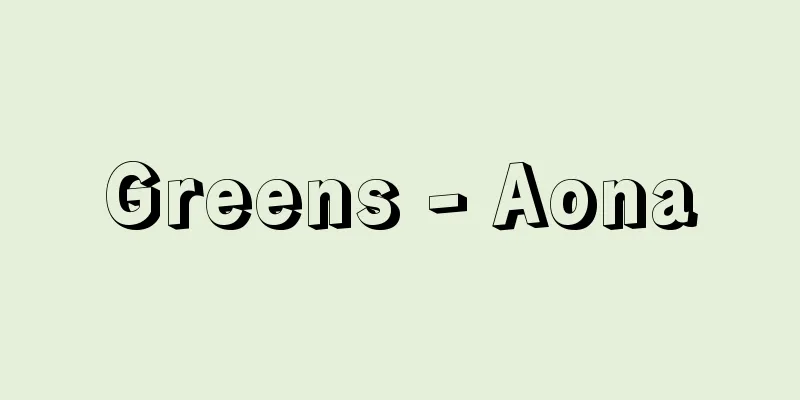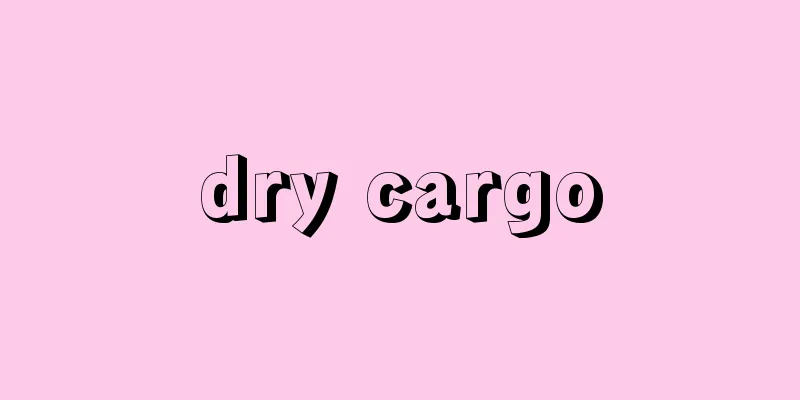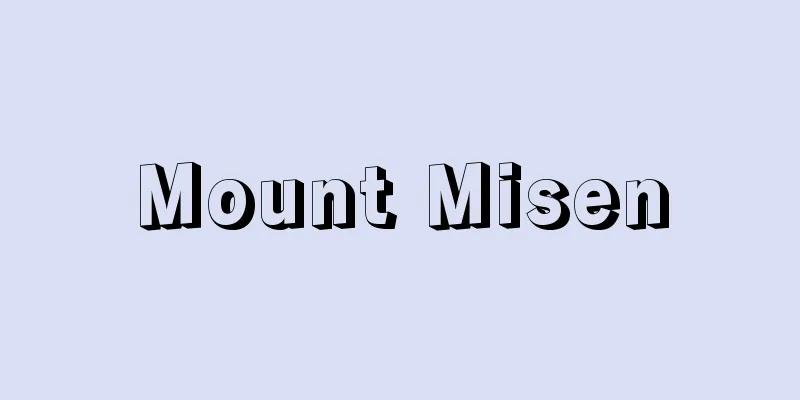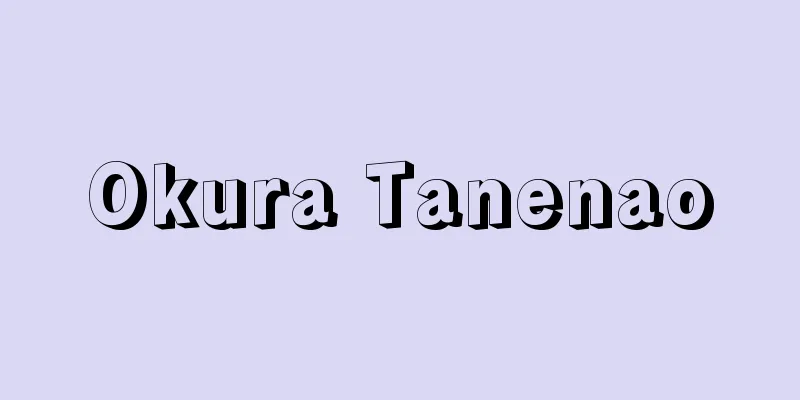Laxative - gezai

|
Also called laxatives, laxatives are drugs that stimulate intestinal motility, promote the excretion of intestinal contents, and soften and swell feces. They are primarily used to treat constipation, but are also used in food and drug poisoning, intestinal X-ray examinations, and after the administration of anthelmintics to expel intestinal contents as completely as possible. Depending on the strength of their action, they are classified as harsh laxatives, soft laxatives, and mild laxatives, but this classification is not clear-cut, and currently they are classified according to their mechanism of action as demulcent laxatives, bulk laxatives, saline laxatives, stimulant laxatives, and penetrating laxatives. (1) Demulcent laxatives Mineral oils and vegetable oils that are not absorbed by the intestinal tract are excreted unchanged, providing a lubricating effect on the mucous membrane and softening the feces to facilitate mechanical defecation. They are used for spasmodic constipation. Examples include liquid paraffin, olive oil, and glycerin. (2) Bulking agents: These are drugs that are not absorbed by the intestinal tract, but absorb water in the intestinal tract, swell and increase in volume, stimulating the intestinal mucosa and promoting intestinal peristalsis (physiological defecation reflex) to encourage defecation. They are used for atonic constipation, and sodium carboxymethylcellulose (CMC) is a well-known example, but agar and methylcellulose are also used. (3) Saline laxatives: These increase the osmotic pressure of the intestinal contents, reducing water absorption, and retaining a large amount of water in the intestinal tract, causing it to be excreted as watery stool. For atonic constipation, inorganic salts that are difficult to absorb from the intestinal tract are used, such as magnesium sulfate, magnesium citrate, magnesium oxide, magnesium carbonate, sodium sulfate, and artificial carbs salt. Of these, magnesium sulfate and magnesium citrate are administered as aqueous solutions, while magnesium oxide is taken orally as magnesium hydroxide, either as a powder or suspended in water. Magnesium sulfate is a severe laxative, and magnesium oxide is a mild laxative, and both are commonly used. (4) Stimulant laxatives These are drugs that stimulate the intestinal mucosa to cause reflex peristalsis, and are not suitable for patients with enteritis or intestinal obstruction, or for the elderly. They are divided into small intestinal and large intestinal laxatives based on the site of action. The former include castor oil and calomel, but calomel is no longer used at all today because it is a mercury preparation. Small intestinal laxatives are used to rapidly expel intestinal contents in cases of food poisoning, but they cause nutritional disorders and are not suitable for treating constipation. Large intestinal laxatives include phenolphthalein derivatives (phenovalin), bisoxathin (laxonarin), sulfur, sodium picosulfate (laxoberon), as well as herbal medicines containing anthraquinone derivatives as active ingredients, such as rhubarb, senna, and cascara sagrada. These herbal medicines are often used as extracts, or the active ingredients extracted from them are often used as combination drugs. Rhubarb is commonly used in powder form. Resinous laxatives include hasu, yarappa, and kengoshi, but they are never used alone. (5) Wetting laxatives: These promote natural bowel movements by promoting the penetration of water into fecal masses through their surfactant action, inhibiting absorption from the intestinal tract, softening and swelling the stool, and increasing intestinal contents. Dioctyl sodium sulfosuccinate (DSS) is an example of this, and is used as a combination drug. Enemas and suppositories are often used as laxatives. For enemas, 10-50% glycerin solution or 2-3% medicated soap solution is used, and for suppositories, glycerin suppositories are often used. [Fumiji Koho] [Reference] |Source: Shogakukan Encyclopedia Nipponica About Encyclopedia Nipponica Information | Legend |
|
瀉下剤(しゃげざい)ともいい、腸管の運動を亢進(こうしん)させ腸内容物の排泄(はいせつ)を促進し、また糞便(ふんべん)を軟化膨潤させる薬剤。適応は主として便秘の治療にあるが、食中毒や薬物中毒、腸管のX線検査、駆虫薬の投与後などに腸内容物をなるべく完全に排泄させるといった目的にも用いられる。その作用の強弱によって峻下(しゅんげ)剤、軟下剤、緩下剤に分けられているが明確な分類とはいいがたく、現在では作用機序によって粘滑性下剤、膨張性下剤、塩類性下剤、刺激性下剤、浸潤性下剤に分類されている。 (1)粘滑性下剤 鉱油や植物油で腸管から吸収されないものはそのままの形で排泄され、粘膜に潤滑的な効果を与え、また糞便を軟らかくして機械的に排便を容易にする。けいれん性便秘に用いられる。流動パラフィン、オリーブ油、グリセリンなどがある。 (2)膨張性下剤 腸管から吸収されず、腸管内で水を吸収して膨潤し容積を増大することにより腸粘膜を刺激し、腸の蠕動(ぜんどう)(生理的排便反射)を促進して排便を促す薬剤。弛緩(しかん)性便秘に適用され、カルボキシメチルセルロース(CMC)のナトリウム塩が有名であり、寒天、メチルセルロースも用いられる。 (3)塩類性下剤 腸内容物の浸透圧を高めて水分の吸収を少なくし、腸管内に多量の水を貯留し水様便として排出させる。弛緩性便秘用で、腸管から吸収されにくい無機塩が用いられ、硫酸マグネシウム、クエン酸マグネシウム、酸化マグネシウム、炭酸マグネシウム、硫酸ナトリウム、人工カルルス塩などがある。このうち硫酸マグネシウム、クエン酸マグネシウムは水溶液で投与され、酸化マグネシウムは粉末または水に懸濁して水酸化マグネシウムとして内服される。硫酸マグネシウムは峻下剤、酸化マグネシウムは緩下剤でいずれも繁用されている。 (4)刺激性下剤 腸粘膜を刺激して反射的に蠕動をおこさせる薬剤で、腸炎や腸閉塞(へいそく)などのある場合や老人には不適である。その作用部位から、小腸性下剤と大腸性下剤に分けられる。前者には、ひまし油と甘汞(かんこう)があるが、甘汞は水銀製剤のため現在ではまったく用いられていない。小腸性下剤は食中毒の際などに腸内容物を急速に排出させるために用いるが、栄養障害をおこすので、便秘の治療には不適である。大腸性下剤にはフェノールフタレイン誘導体(フェノバリン)、ビソキサチン(ラキソナリン)、イオウ、ピコスルファートナトリウム(ラキソベロン)のほか、アントラキノン誘導体を有効成分とする生薬(しょうやく)類、大黄、センナ、カスカラサグラダなどがあり、これらの生薬はエキス剤としてまた有効成分を抽出したものが配合剤としてよく用いられる。大黄は粉末として繁用されている。樹脂性峻下剤と称されるものに巴豆(はず)、ヤラッパ、牽牛子(けんごし)があるが、単独では使用されない。 (5)浸潤性下剤 界面活性作用によって糞塊中への水の浸透を促し、腸管からの吸収を抑制して便を軟化膨潤させ腸内容を増大させることにより自然排便を促す。ジオクチルソジウムスルホサクシネート(DSS)がその例であり、配合剤として用いられる。 下剤の目的で浣腸(かんちょう)や坐薬(ざやく)を用いることも多い。浣腸にはグリセリンの10~50%液、2~3%の薬用せっけん液が、坐薬としてはグリセリン坐薬がよく用いられる。 [幸保文治] [参照項目] |出典 小学館 日本大百科全書(ニッポニカ)日本大百科全書(ニッポニカ)について 情報 | 凡例 |
>>: Wooly rhinoceros (hairy rhinoceros)
Recommend
Honpoji Temple
This is the head temple of the Nichiren sect, loc...
Empiricism
It is a philosophical stance or tendency that see...
Dubini, A.
...A general term for parasitic worms belonging t...
Transformation - Nuhen
A rebellion by people called "nuhi" or ...
Soga Shohaku
Year of death: Tenmei 1.1.7 (1781.1.30) Year of bi...
Britons - English spelling: Britons
A general term for the indigenous Celtic people o...
Shoin-zukuri
A Japanese style of housing perfected in the earl...
Ishigaki Eitaro
Born: December 1, 1893, Higashimuro, Wakayama [Die...
Pyroclastic cone
When volcanic activity is more intense than that o...
Butcher - Nikuya
A store that sells meat for consumption. In the m...
Eutectic composite material
…By actively utilizing such eutectic structures, ...
Ming Confucianism Plan
The major work of Huang Zongxi, a thinker from th...
Ariyos - Ariyos
…The coastline is lined with parallel dunes, abou...
Bakurocho Imperial Residence
Also known as the Bakuro-cho Loan Office, this Edo...
Period cost - period cost
...(4) The total cost is calculated by adding the...









